It was all fun and games in Season 1 of “The Lord of the Rings: The Rings of Power” until that catastrophic environmental chain reaction that created the desolate lands of Mordor. The challenge for every department on Season 2 of the Prime Video series, then, was to make all the lands of Middle Earth correspondingly darker and more troubled.
While retaining the identity of the series, the filmmakers behind “The Rings of Power” wanted to shake up how the show feels now that Sauron — excuse us, Annátar (Charlie Vickers) — is armed with powerful magic rings and a will to dominate all life.
That mission meant leaning on both old- and new-school tricks, where CG set extensions work hand in hand with painted backdrops to create a sweeping landscape with a tactile feel. It meant stressing point-of-view and handheld photography, even in the midst of the show’s biggest battle sequences. And it meant experimenting with new sounds and styles that we might not expect in Middle Earth, but absolutely belong there.
For instance, composer Bear McCreary kept waiting for someone, anyone, to tell him that no, he couldn’t give a murderous troll — Damrod (Jason Smith) — a death metal theme of his own. “But everyone was really excited to hear it. And I’ve got to say, ‘The Last Ballad of Damrod,’ which is the song that erupted out of that score cue, is maybe one of my proudest moments as a composer,” McCreary told IndieWire. “It really represents unbridled creativity and a creative environment that let me explore.”
In the videos below, watch how McCreary, production designer Kristian Milsted, and cinematographer Alex Disenhof all experimented, played with the show’s creative limitations, and made the Middle Earth of “Rings of Power” Season 2 a darker, more complex place.
The Production Design of ‘The Rings of Power’

One of the challenges to Season 2 for production designer Kristian Milsted was creating more 360-degree environments. Nowhere was this more important than in Eregion, where the toxic partnership between Annátar and Celebrimbor (Charles Edwards) enacts what is maybe the highest fantasy version of the “move fast, break things” approach to innovation. It needed to be both highly beautiful and vaguely sinister.
“For Celebrimbor’s force, the thought was that it’s like a temple. Tall, elegant, really fine lines and wood floors, amber and elements of gold,” Milsted told IndieWire. “The forge itself sits almost like an altar at the end of the room. I was really interested in trying to explore, in a visual way, what kind of power it would need to generate these rings. So the focal point of the whole set was the fire in the forge.” That focal point always keeps just a bit of foreboding heat in the frame, no matter how stately the rest of the set looks.
But one of the most impressive, imposing, and complete sets that Milsted built was the court of the tree at Lindon, where the elves gather, and the three rings find their keepers. In Season 1, the sense of being high atop a cliff overlooking the sea was accomplished by surrounding the build with blue screens. But for Season 2, “We decided to use an old-fashioned technique, a painted backing. So it’s a huge piece of canvas that goes around the whole set, and it’s basically painted,” Milsted said. “A good old painted backing. It was magic.”
In the video above, watch how Milsted and his team worked to create magic in every location that “The Rings of Power” visits in Season 2.
The Cinematography of ‘The Rings of Power’

The beneficiary of much of Milsted and the production team’s work was, of course, the show’s cinematographers. Alex Disenhof — along with Laurie Rose and Jean-Philippe Gossart — were just as responsible as anyone else for making “The Rings of Power” look and feel darker.
The process started, but certainly did not end, with color. “In Season 1, we wanted to show Middle Earth in its full strength and might,” Disenhof told IndieWire. “In Season 2, all of our characters are facing these crises of epic proportions, and we wanted to mirror that in the look of the show and make it feel darker and a little bit more mature. So [the color palette] shifts a little bit more towards pastels, darker, a bit more green.”
Even with subtle changes, Disenhof and the show’s camera team can make even locations we already know feel lifeless or as if rot is slowly taking hold, as with Númenor and Eregion. Disenhof also had the responsibility of picking the camera’s way through the giant battle for Eregion in the final two episodes, a task that took months of pre-planning and also creative, experimental thinking to figure out how to capture the ebb and flow of power, hope, carnage, and despair.
“The main thing that we really wanted to make sure of was that there was always a point of view, that we were always with one of our characters,” Disenhof said. “You might have all this fancy equipment in the world, but you feel like, ‘You know what? The camera should just be on an operator’s shoulder right here and it should be 2 feet from the actor’s face because [being off-balance] is the feeling we’re looking for.”
In the video above, watch how Disenhof positioned the camera so that we could watch Eregion fall.
The Music of ‘The Rings of Power’

Everything captured in camera creates a vision for the world of Middle Earth in “The Rings of Power.” But in many ways it is the addition of Bear McCreary’s score that cements the tone and scope the show is striving for. “Normally, when I take on a project, the first job I’m trying to do is differentiate it from other projects. I want to come up with a sound that one can identify as the show that you’re watching,” McCreary said. But “The Rings of Power” has, by McCreary’s estimation, five or six core sounds — themes for elves and dwarves and men and orcs, as well as specific characters and how they relate to the cultures they find themselves in.
Building on that complex musical architecture for Season 2, McCreary crafts new themes to do some subtle world-building through the score. One great example is the theme for the Stoors, halfling cousins from long, long ago that Nori (Markella Kavenagh) meets as part of her travels.
“I took all the distinct elements from the Harfoot theme, which include Celtic instruments, West African instruments, and an asymmetrical meter that gives the Harfoot theme this feeling of not being grounded. You kind of feel like you’re dancing with the Harfoot theme, but every two bars you gotta readjust your steps,” McCreary said. “The Stoors’ theme, though it’s in an asymmetrical meter, it’s not as awkward. It feels more grounded. It feels more like they are where they belong.”
It’s the music of “The Rings of Power,” as much as anything else, that wordlessly, emotionally lets us know how all these different cultures and characters matter. In the video above, watch how McCreary breaks down his process for making the show’s score — and Middle Earth — a darker, more complicated place.
READ MORE CRAFT CONSIDERATIONS

Watch how “The Lord of the Rings: The Rings of Power” team brought the terror of Sauron to the second season of the Prime Video series.

Watch how head director and supervising producer Jake Castorena shaped the animation of “X-Men ’97” to fit a ’90s style in HD.

Watch how “True Detective: Night Country” cinematographer Florian Hoffmeister, costume designer Alex Bovaird, and VFX supervisor Barney Curnow brought the show’s story through the Arctic Circle.

Find out how the Emmy-nominated director, cinematographer, costume designer, and visual effects supervisor brought their A-games for the star-studded affair.

How the Hulu comedy’s team swooped in to create an entire Broadway musical, from original song and dance to costumes.

Watch how cinematography, costumes, and hair and makeup helped turn a true story into a ravishing period piece.

For its second season, the Max drama became even more expansive in recreating Tokyo in the 1990s.

Production designer Deborah Riley, visual effects supervisor Stefen Fangmeier, sound designer Paula Fairfield, and composer Ramin Djawadi share how they crafted a consequential threat to human existence.

Watch how the cinematography, production design, and costume design of the HBO limited series all create a world in which The Captain cannot rest.




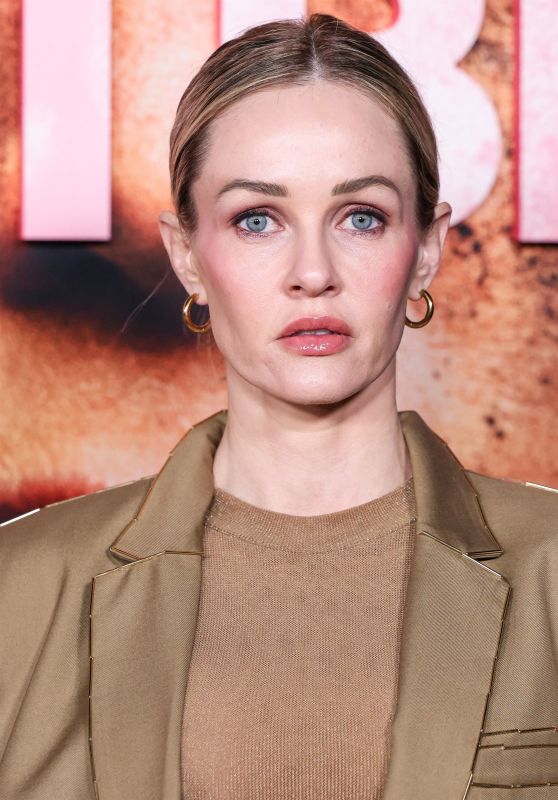
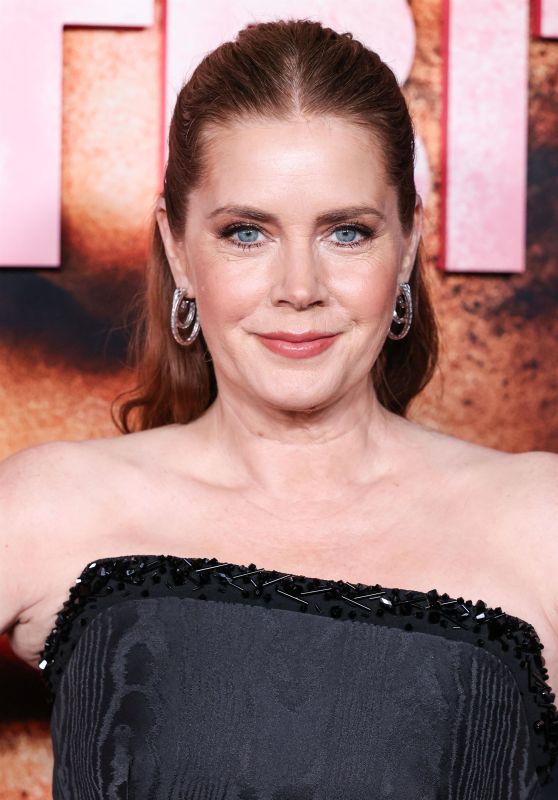
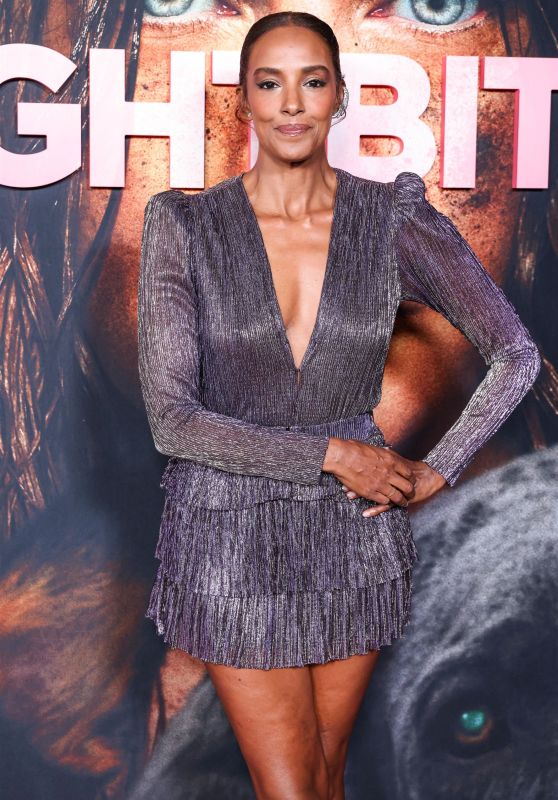
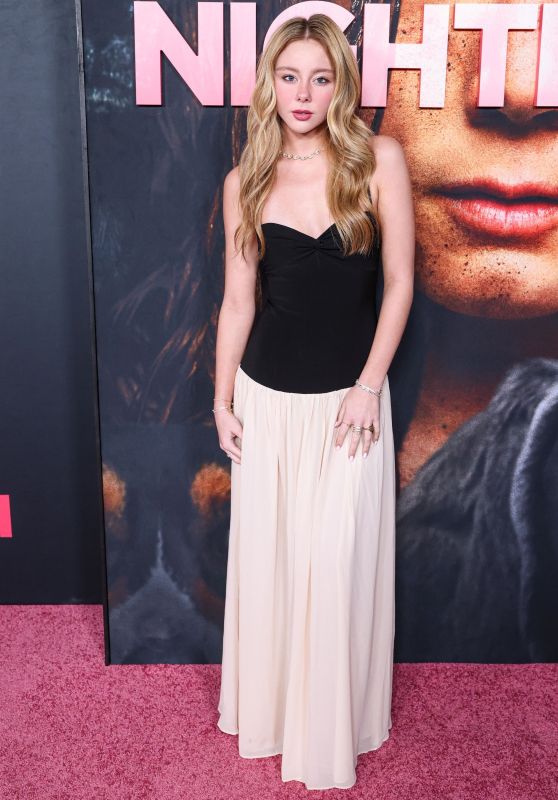
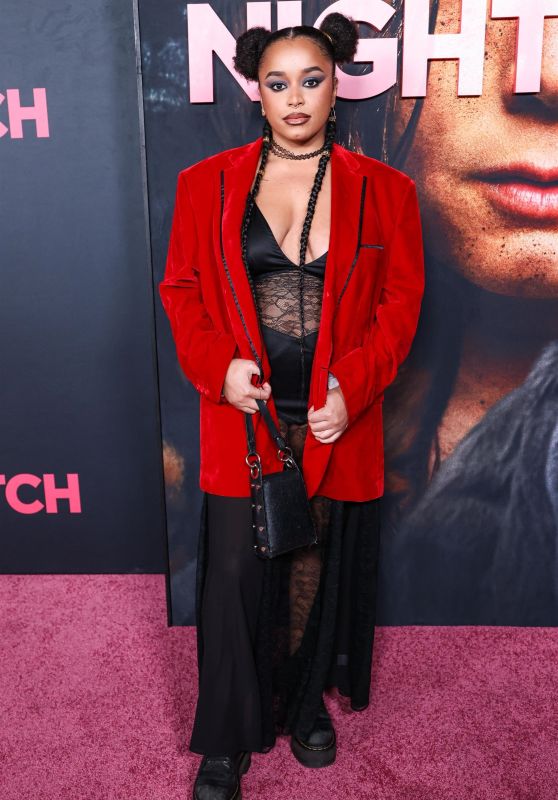
![Michelle McKenna Discusses Wellness Trends on ‘Lorraine’ in London [11-20-2024]](https://celebmafia.com/wp-content/uploads/2024/11/michelle-mckenna-discusses-wellness-trends-on-lorraine-in-london-11-20-2024-2_thumbnail.jpg)
![Mel Schilling Discusses Relationship Insights on ‘This Morning’ in London [11-20-2024]](https://celebmafia.com/wp-content/uploads/2024/11/mel-schilling-discusses-relationship-insights-on-this-morning-in-london-11-20-2024-4_thumbnail.jpg)
![Kate Garraway at Global’s Make Some Noise Charity Gala [11-19-2024]](https://celebmafia.com/wp-content/uploads/2024/11/kate-garraway-at-global-s-make-some-noise-charity-gala-11-19-2024-5_thumbnail.jpg)








 English (US) ·
English (US) ·